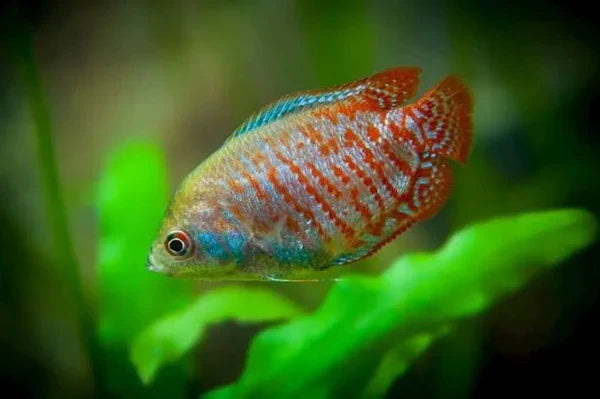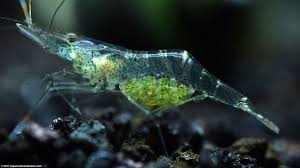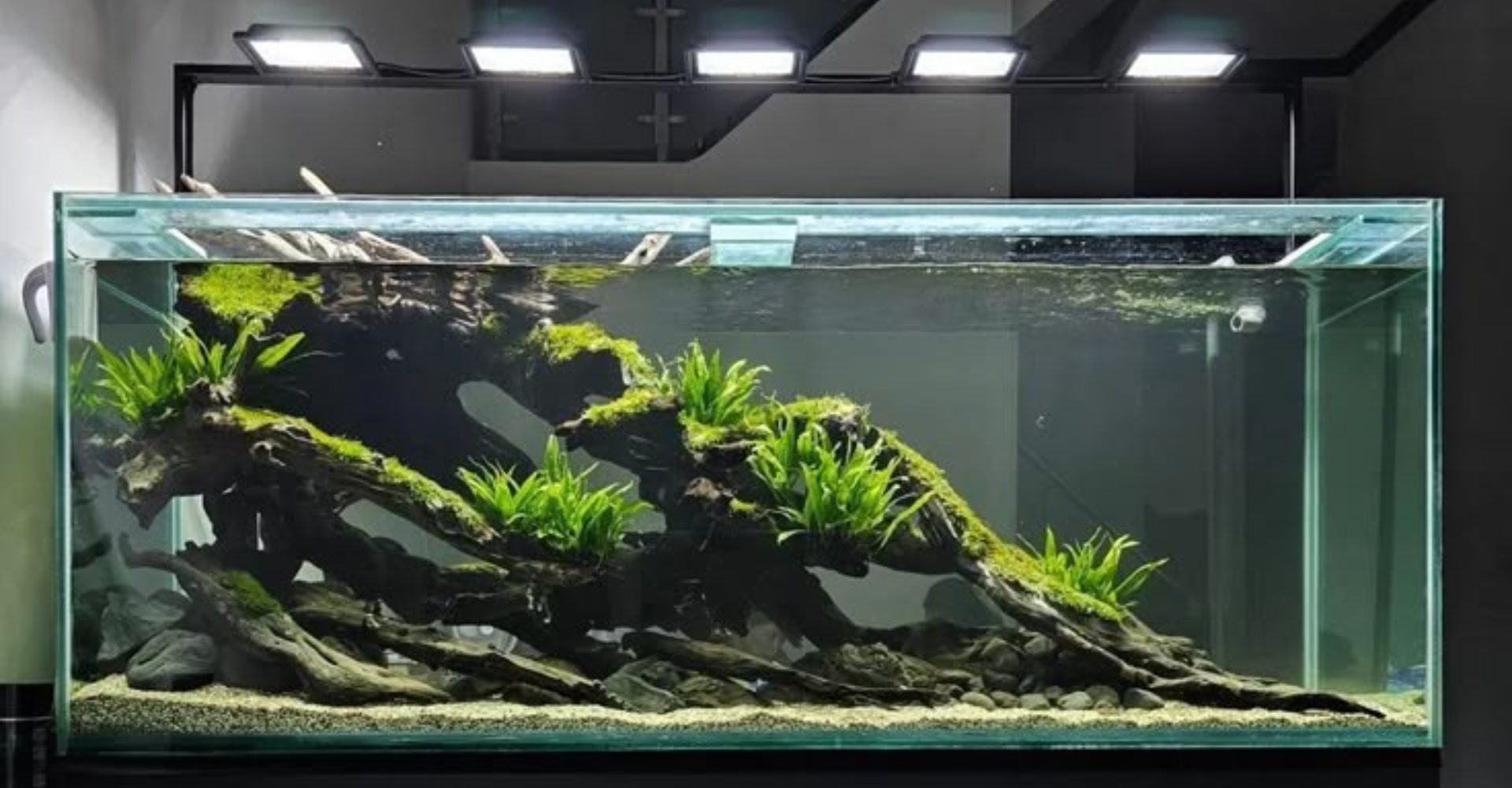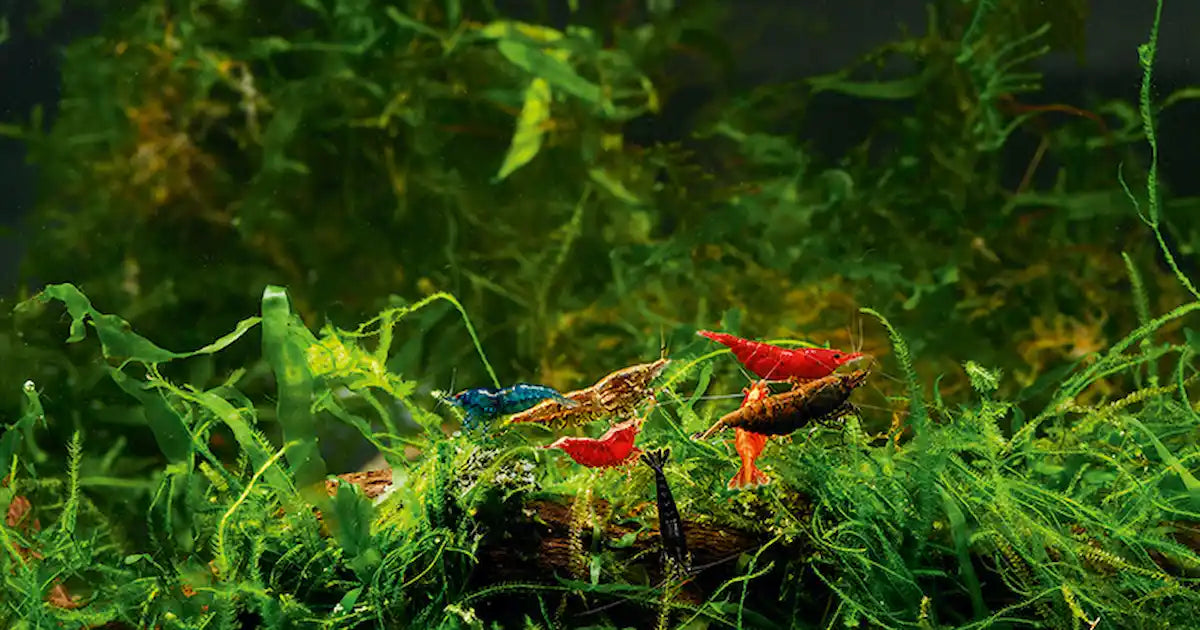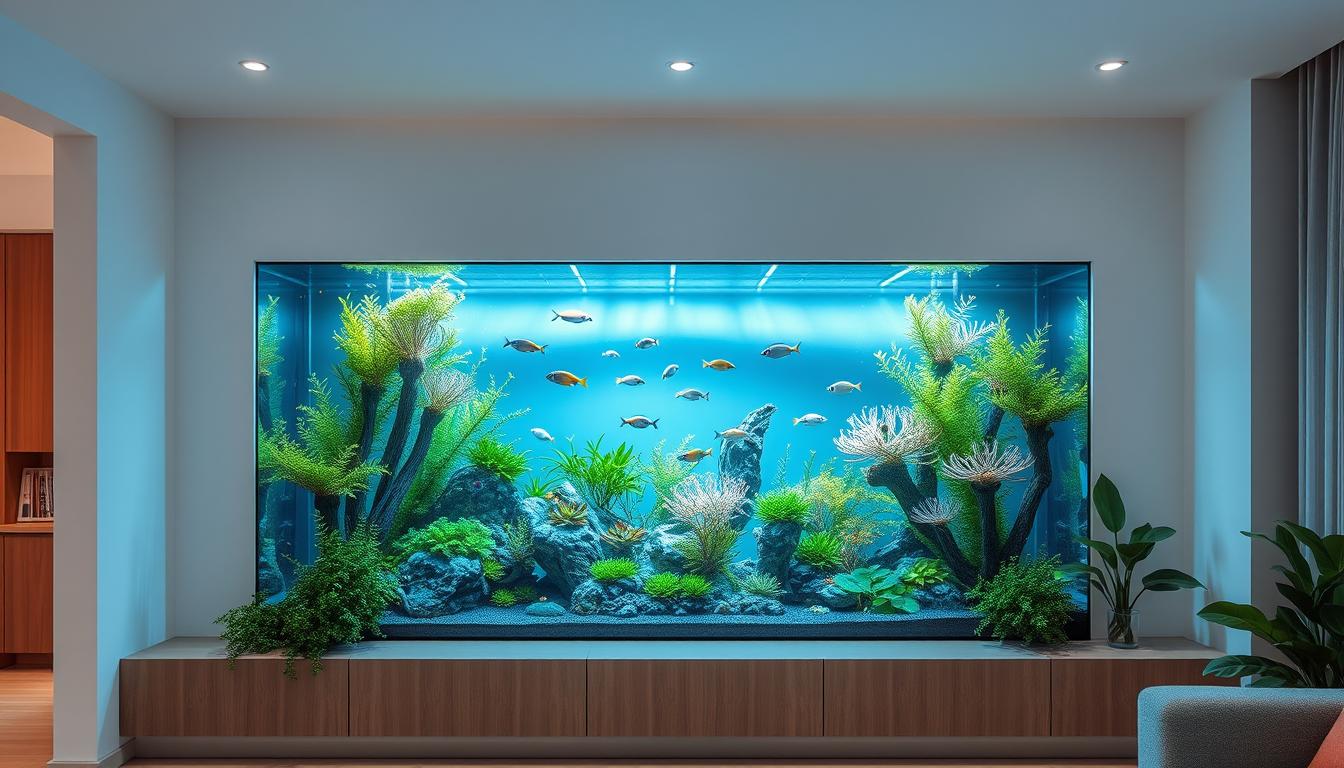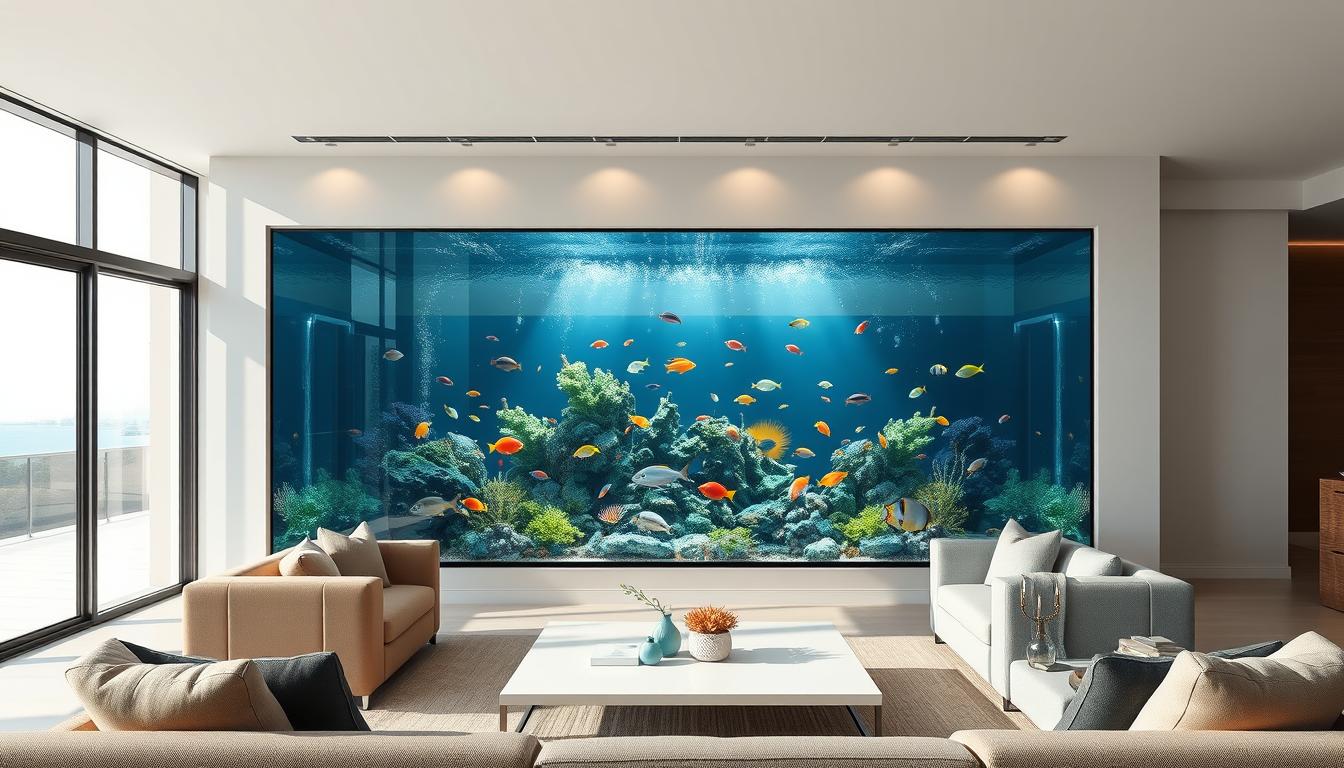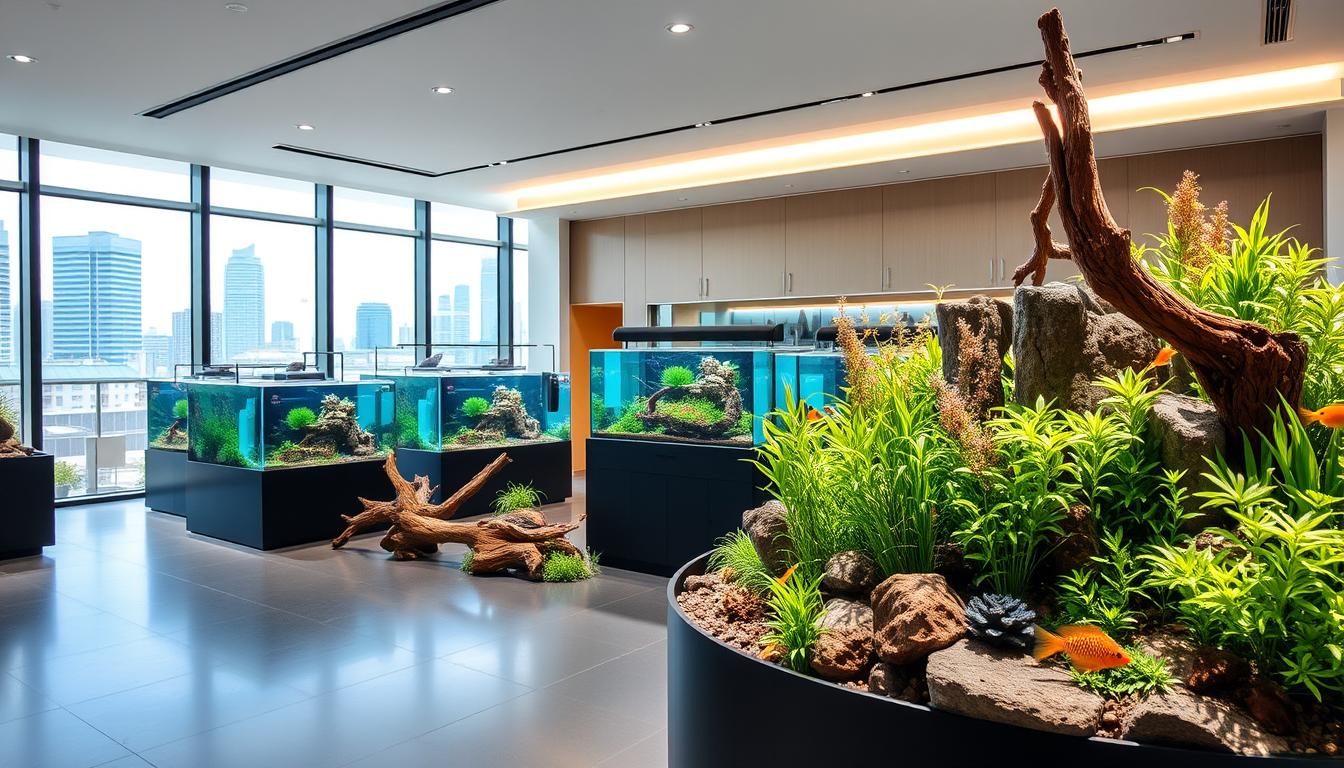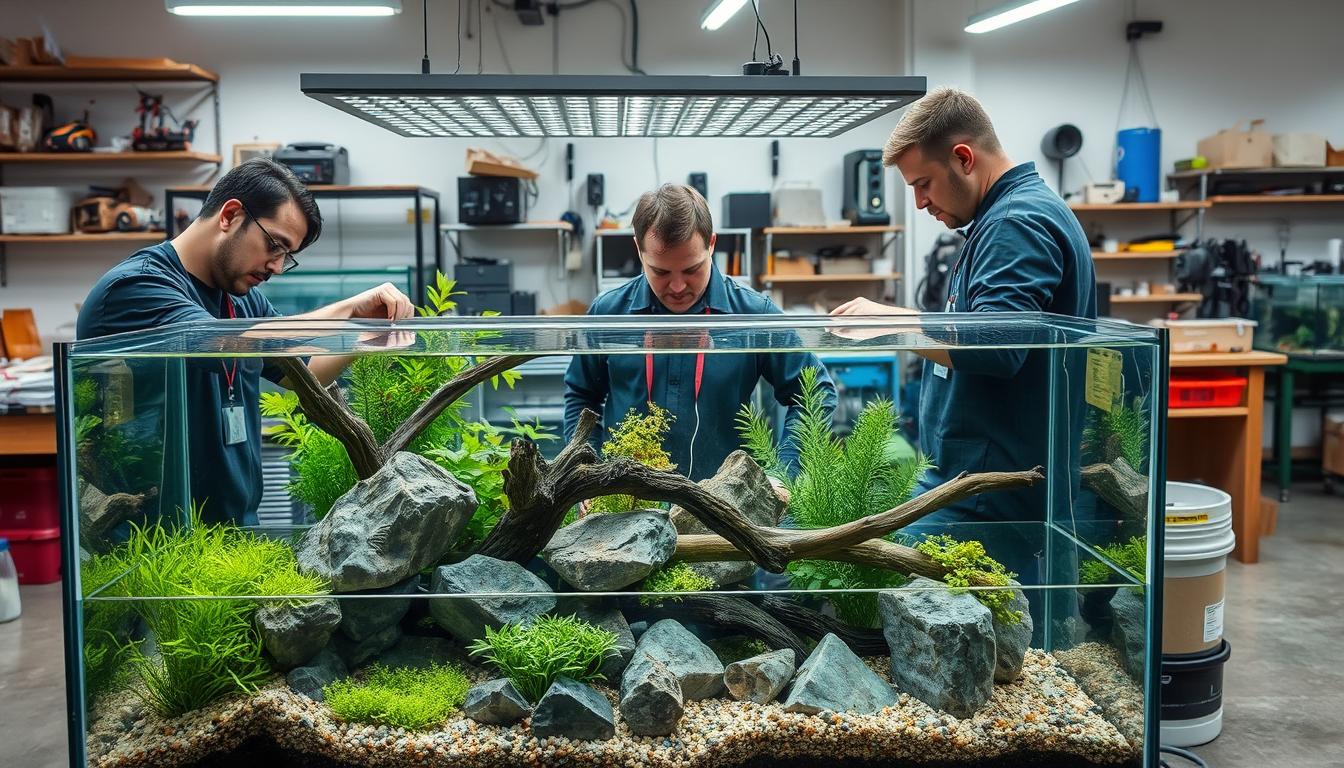Care Guide for German Blue Rams – Keeping, Breeding and Feeding.
How many Blue Rams should be kept together?
A pair of rams can live in a 20-gallon community tank or a 10-gallon spawning tank free of other fish. If you want to keep two pairs of Rams, increase the aquarium size to 40 gallons so each set has enough territory. Give the Rams some places to hide from each other in case one of them decides he wants to be the tank leader.
Breeding process for German Blue Rams.
There are several things to create the ideal environment for them to breed and mimic their natural habitat.
Also, it is best to use fry pairs to make the breeding process easier. This is not necessary but makes breeding easier. German Blue Ram will reach sexual maturity at about six months.
Breeding tanks should be set up to resemble their natural habitat and tank conditions to ensure optimal spawning. Blue Rams need a higher water temperature to spawn for a few days. You will have to increase the water temperature to not shock them gradually. Ideally, it should be raised 1-2 degrees until a temperature of 84°F is reached.
Place various spawning sites in the corners of the tank, such as flat river rocks or small terracotta pots and dishes. Add a clump of java moss or large java fern on the wood to cover the baby rams.

When you raise the temperature within a few days, you will want to start feeding the brood with protein-rich foods like bloodworms and brine shrimp. Depending on the reproductive conditions of the female, they can lay up to 200 eggs. Make sure you add flat rocks to your tank, as this is where the female will lay her eggs. German Blue Rams prefer flat surfaces to lay their eggs.
The breeding process will begin with the male as he chases the female around the ideal nesting site. Then the female will lay eggs; the male will fertilise them.
After about three days, the eggs will hatch. You can take the brood fish out of the tank now.
You'll want to provide the fry infusoria and micro worms for 1 to 2 weeks. The pups should be fed the larvae for the first few days until they are free-swimming. They can then eat brine shrimp larvae. When they reach maturity, after six months and 1 inch long, they can be released back into the main tank.
Should German Blue Rams Live Alone?

If you have an individual that is too aggressive and cannot get along with others
This is true. If you have an individual that is too aggressive and cannot get along with others. In that case, that individual may be happier as the leader of a community aquarium without a dwarf cichlid.
Like many other cichlids, the blue ram can be aggressive if the aquarium is too small or they are tending to their eggs. In general, however, they are relatively docile. They are often kept in community aquariums with other similarly sized fish of similar water parameters.
Can Green Rams live with tank friends?


They can live with most community fish that can tolerate the same high temperatures, such as neon tetras, rummy nose tetras, guppies, catfish, Cory catfish, discus, angelfish and other dwarf cichlids. Avoid placing them with super-fast eaters competing for food with them or larger fish like Arowanas, Red-tailed sharks.

Many other options exist as long as the cohabitants are smaller and more peaceful than German Blue Rams. They also get along well with various shrimp and snails, although they will likely eat juveniles when found.
Additionally, tank mates will need to have the exact requirements as blue rams and be able to live comfortably in similar conditions, such as warmer tank temperatures.
What do Blue Ram Cichlids eat?
In our experience, these cichlids are not picky eaters, so you can feed them any dry food from the store, such as pellets, freeze-dried bloodworms, and freeze-dried tubifex worms...
When you first buy Blue Rams, they can be more difficult to feed as they can be picky when adapting to new tanks. At this point, give them more live or frozen food to encourage them to eat often again.
Frozen feed, such as brine shrimp, cyclops, bloodworms and mysis shrimp for more significant adults. These will give their diet more variety as well as provide balance in their diet. Feed them various foods to ensure they have the essential nutrients and vitamins to stay healthy. You can feed them twice a day.
Those are all the beneficial information that we want to send to you. We hope this article gives you an overview of the German Blue Ram with this unique colour. To read again how to set up the tank for Blue Ram, read this article now.

